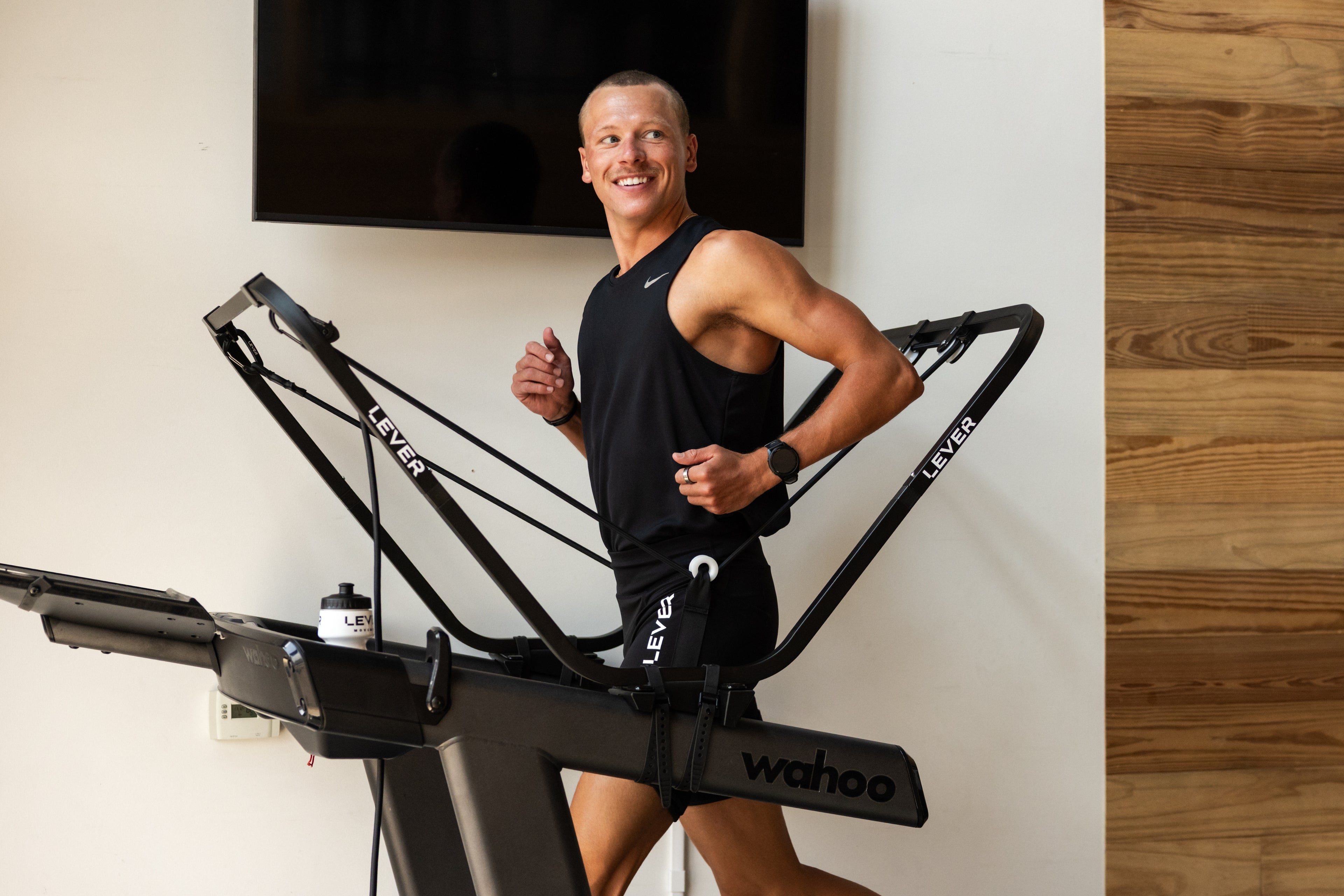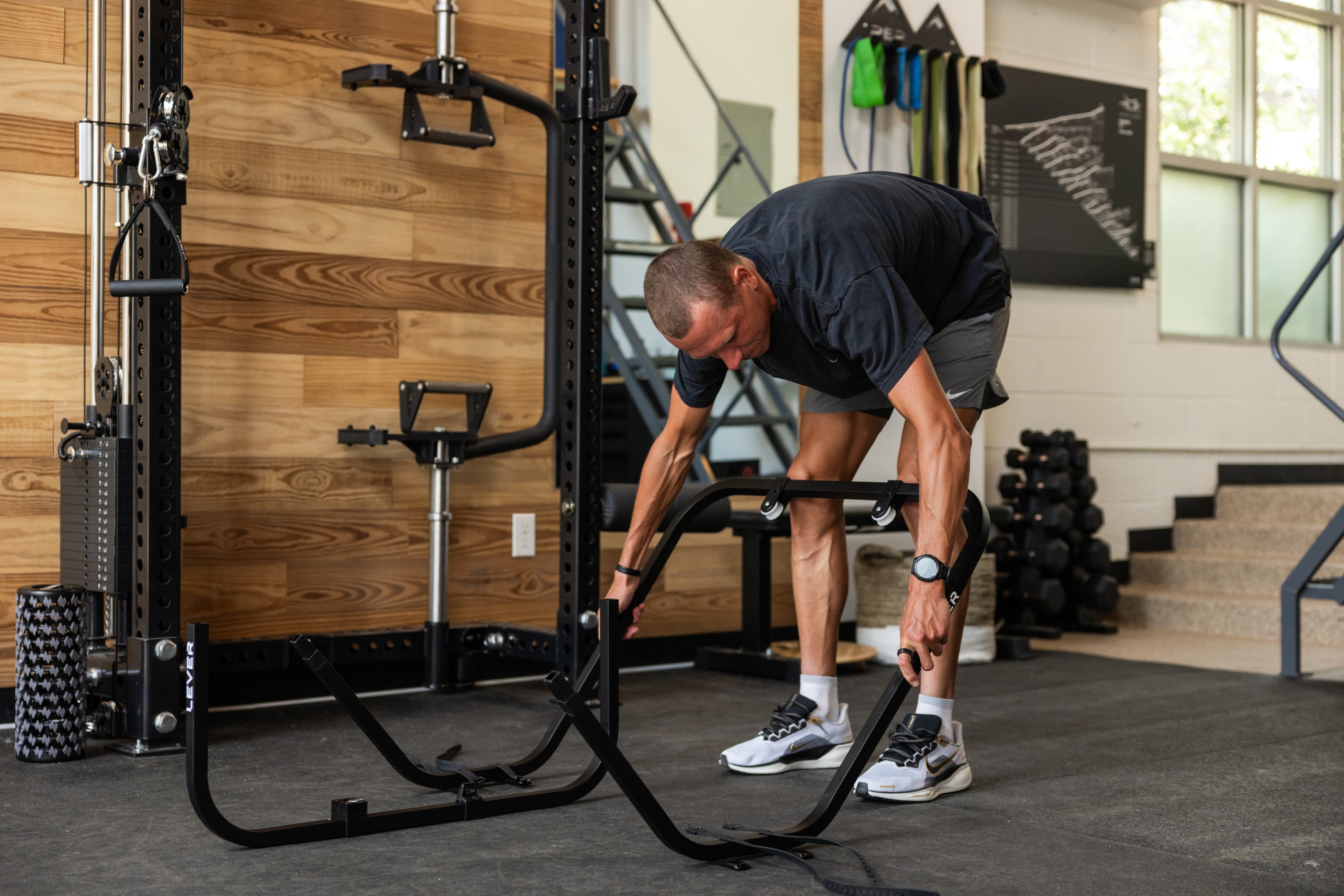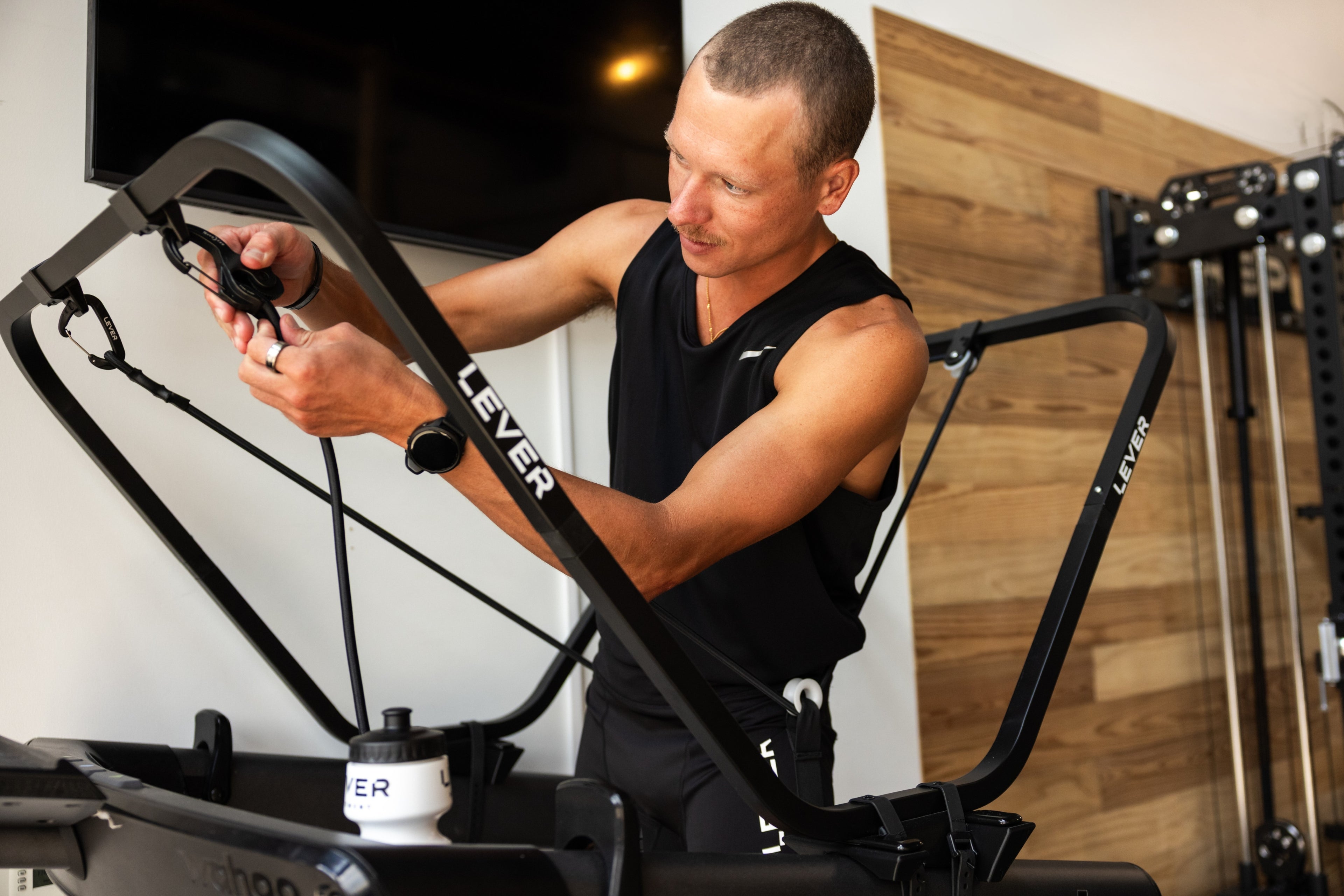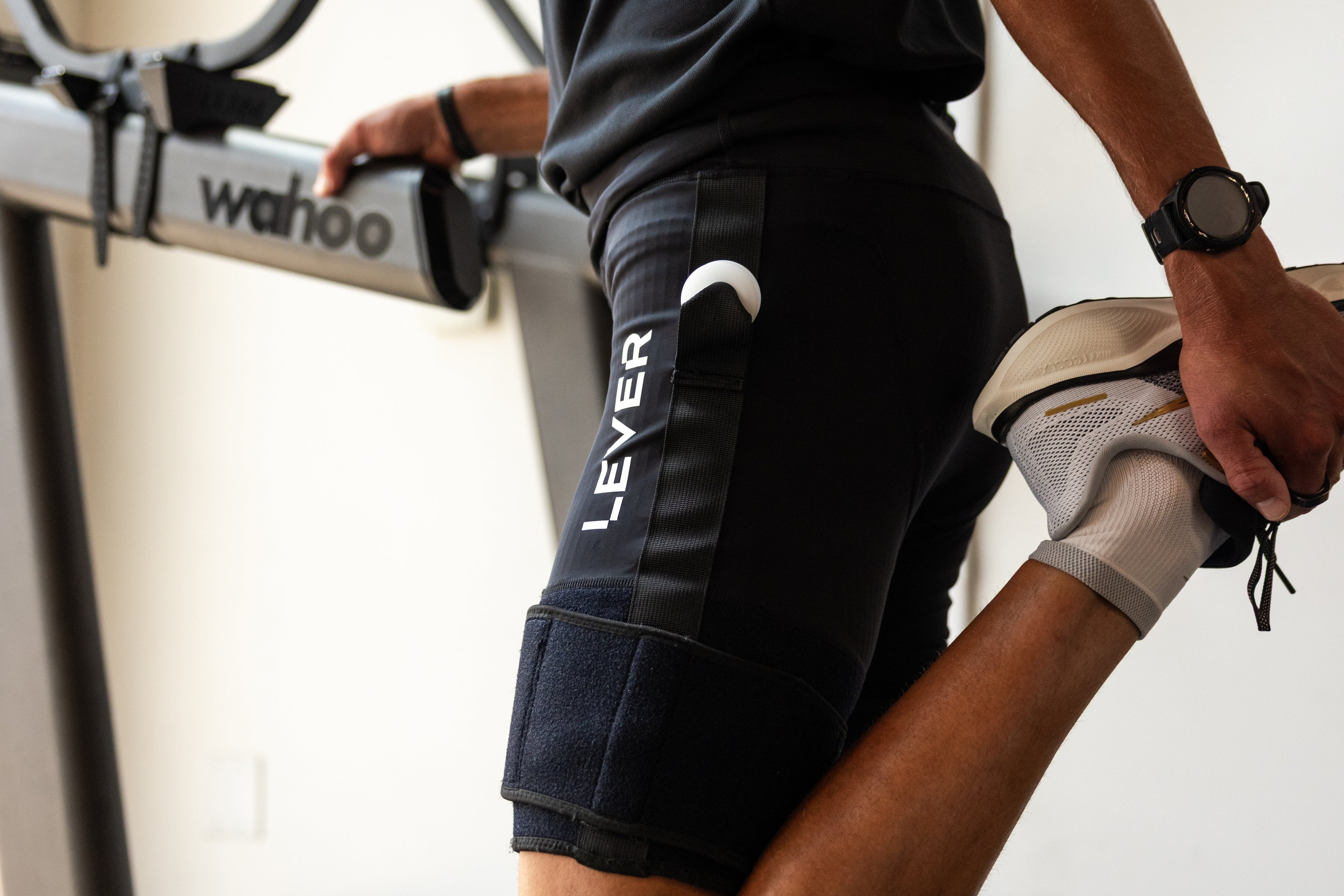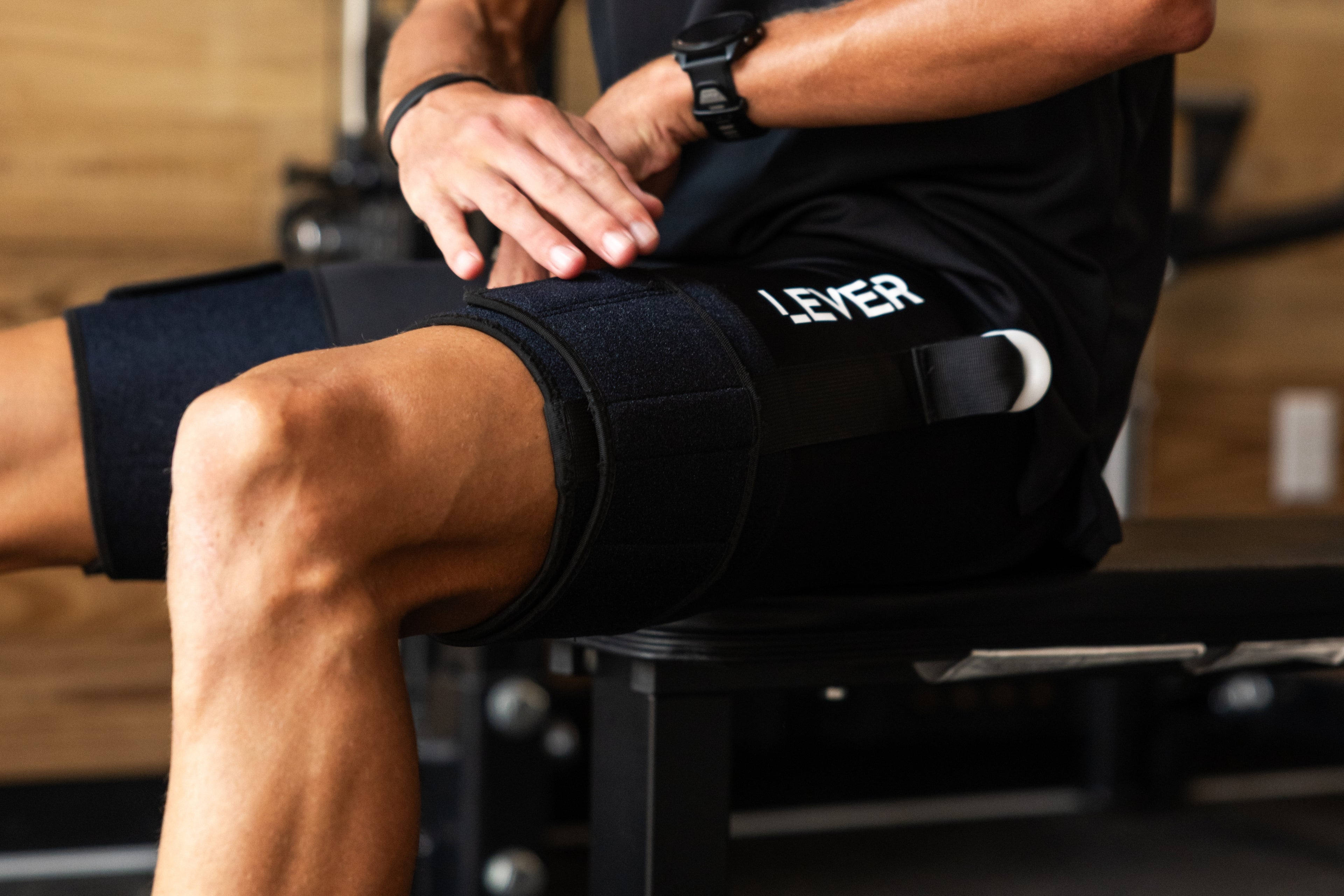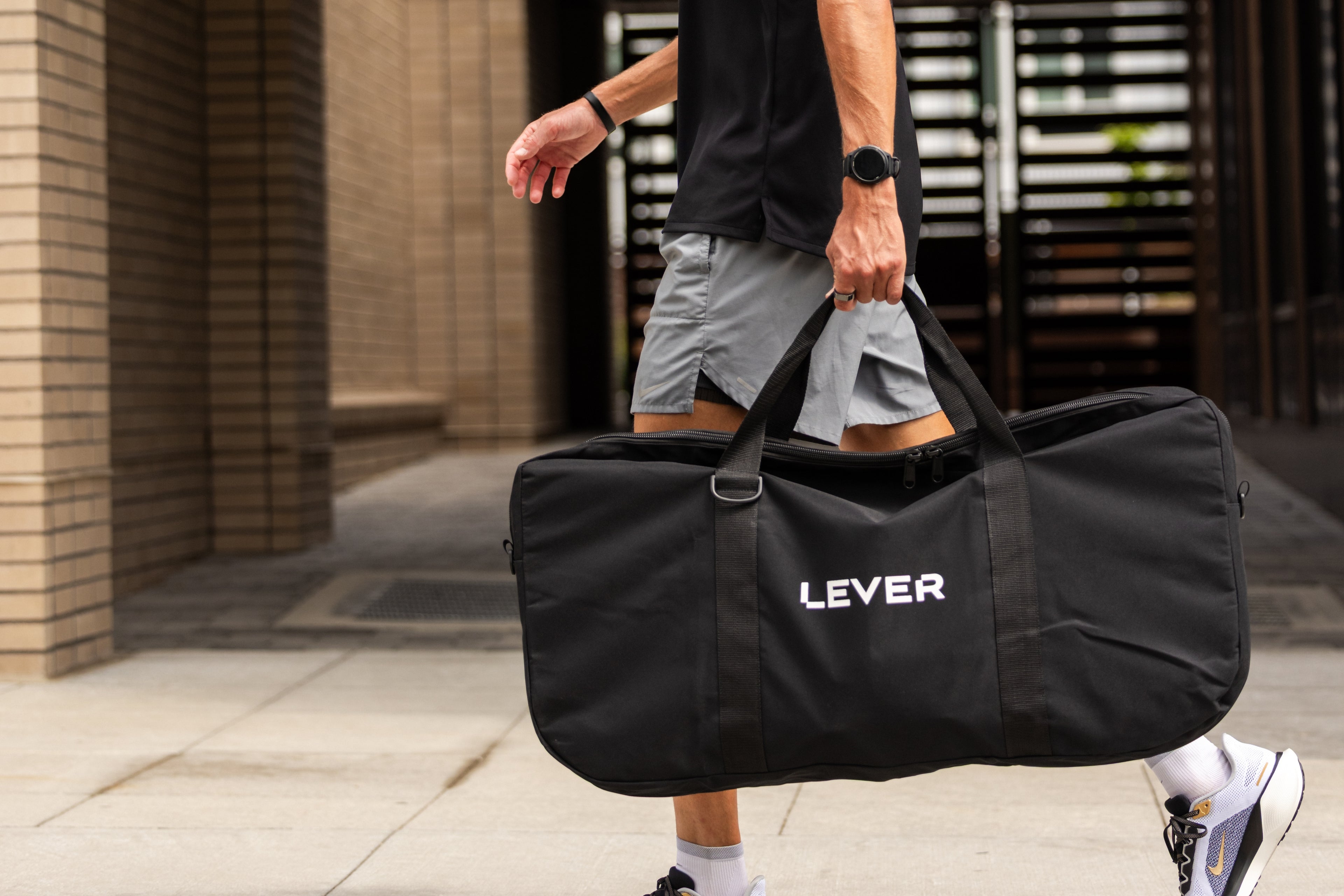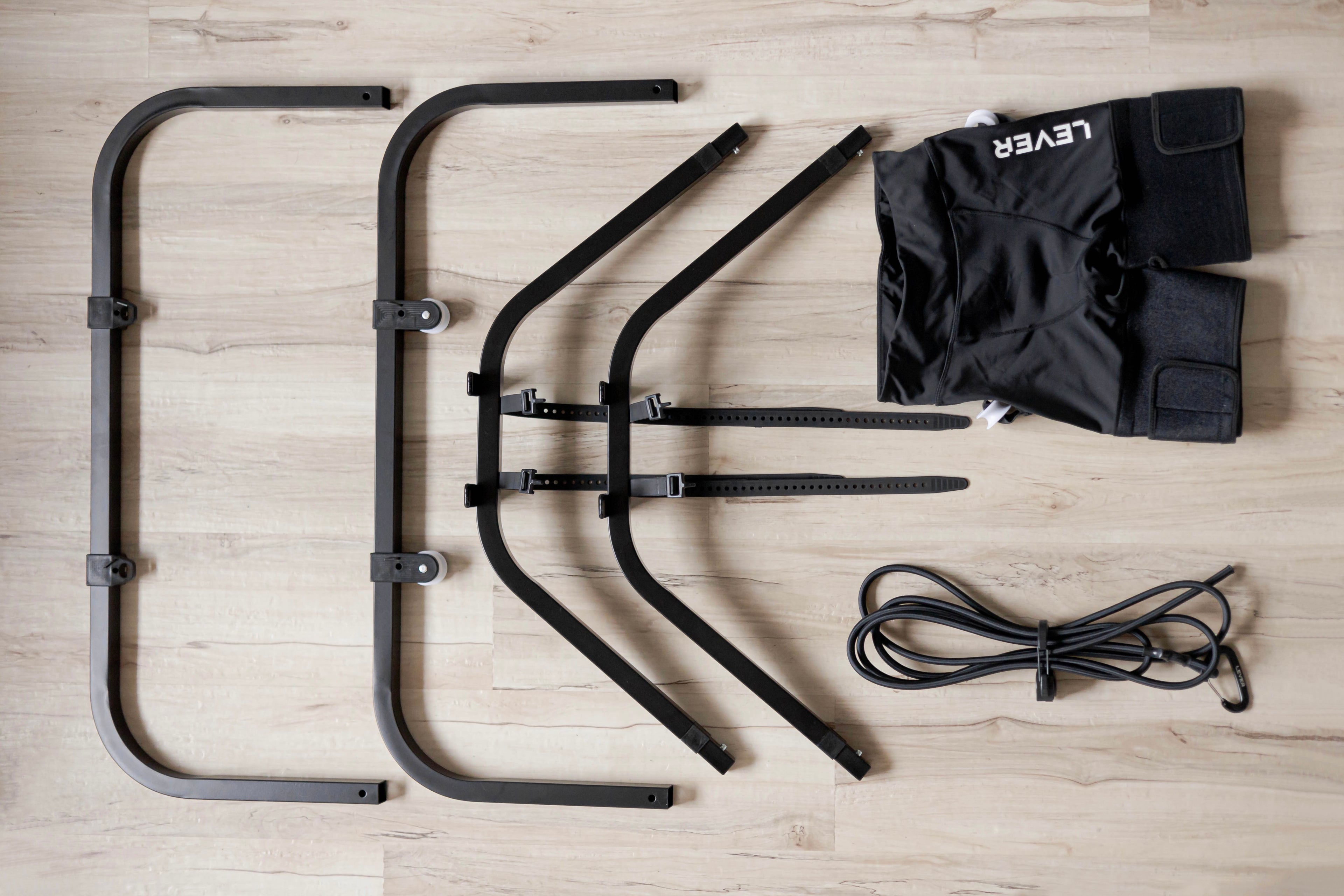Here at LEVER, we are committed to not only making body weight support (BWS) technology available to all runners, but the science behind it more digestible too. Our goal is to take a moment to help YOU, the everyday athlete, and the Comeback Legend, understand what is going on with your body when you run with body weight support. We also want to help you understand what isn’t changing when you run with LEVER.
Last week we explained what BWS is and showed the uses of BWS and LEVER as a rehabilitation tool. This week we aim to demonstrate that LEVER and BWS products are just as effective as training tools as they are for rehabilitation. This week’s (Pt. 2 of 2) blog again starts with a question: can you get the same quality of workout on the LEVER as with normal running?
You’re in luck: the simple answer is yes. You can effectively maintain and even improve your aerobic, running, and walking fitness while using BWS and a LEVER device. We will use the next few paragraphs to dig into this further.

BWS running and walking, by reducing the impact on your bones, joints, and subsequently your muscles, decreases the amount of energy or calories (metabolic power) required for exercise. Quite literally BWS makes it EASIER to run or walk. But wait, didn’t you just say that I could improve my fitness with LEVER? If I’m running easier than usual - doesn’t that mean I’m detraining? Look at it from this perspective - running with BWS allows you to run faster with LESS risk to your body. Quite literally BWS allows you to run longer and faster than you would normally without LEVER. BWS allows you to run with these higher speeds spending less energy, thus pushing your body to be in a more efficient, running or walking economy (your body’s energy demand of movement at any given speed) than for normal body weight running at the same pace.
So what’s the most effective and easiest way for me to use LEVER and BWS in my training program? And how can I ensure I’m improving my fitness with LEVER? The answer here is heart rate. The relationship between heart rate and VO2 (the amount of oxygen consumed per unit of time) has been shown to be similar for BWS running as for normal running. A 2008 study by Grabowski and Kram showed that many combinations of increased running velocity and amounts of BWS can be used to bring your heart rate, and hence energy demands, to normal training levels. For you, that means you simply un-load however much weight you want using a LEVER device, then increase your treadmill speed until your heart rate sits right around where it normally might be for an easy run or a tempo run, depending on what you’re going for on the day.
To effectively do this you should properly understand your heart rate training
zones, so take a look at this handy chart from Runners Connect for a reference (we will also link to their website so you can learn more about heart rate training). If you don’t know your own zones, many heart rate watches and apps are able to provide you with heart rate zones based on your daily training.
zones, so take a look at this handy chart from Runners Connect for a reference (we will also link to their website so you can learn more about heart rate training). If you don’t know your own zones, many heart rate watches and apps are able to provide you with heart rate zones based on your daily training.
We hope that through this series we have armed you with the scientific knowledge to feel more informed and confident about the training tool that is BWS treadmill running and walking. Stay tuned in to our blog series as we release more content in the future! LEVER is built to help you run, recover, and heal faster.












